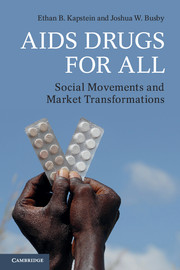The credential differential: The public return to increasing postsecondary credential attainment
Right now, the nation is falling behind other leading countries in the number of adults with a postsecondary credential and the skills needed by employers. If the United States does not significantly increase the number of credentialed adults, the country stands to leave hundreds of billions of dollars in revenue on the table. /p pbr / CLASP and the National Center for Higher Education Management Systems (NCHEMS) have released a interactive tool for the nation and all 50 states to calculate the federal, state and personal revenues at stake. The Return on Investment Dashboard tool allows stakeholders to calculate the short- and long-term effects of either maintaining the status quo or increasing postsecondary participation and credential attainment. To remain globally competitive, the United States will need to produce 24 million additional degrees by 2025 to achieve a 60 percent degree attainment rate among adults 25 to 64. At current attainment rates, the U.S. is on track to produce just 278,500 additional degrees by 2025 — a significant shortfall. Using the tool, we estimate that under the status quo, additional national revenues from the 278,500 additional credentials will be about $6 billion. On the other hand, additional national revenue from meeting the 24 million credential mark would top $600 billion.


